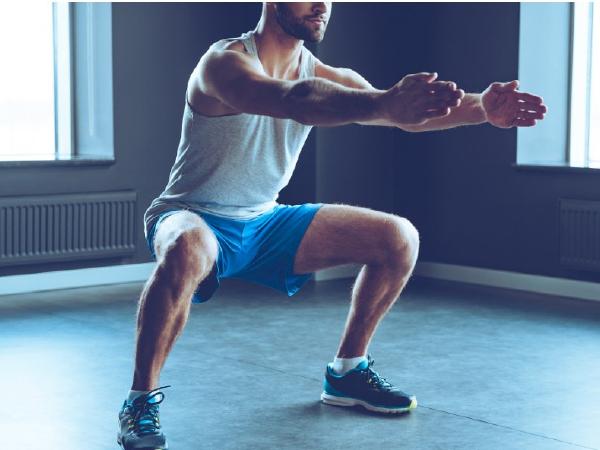While writing this paragraph, I stood up and sat back off five instances, swiveled in my chair, walked to the kitchen to make a pot of tea, brushed my dog, made my bed, and carried out at least six seated leg crisscrosses with my toes raised an amazing 12 inches off the floor. To the casual observer, this might appear like a horrific case of procrastination. Still, it all counts to boost my non-workout interest in thermogenesis, or NEAT, which is basically the power I burn when I’m not napping, ingesting, resting, or intentionally exercising.

I have become inquisitive about the non-exercise physical hobby (which I once in a while talk to as the “exertion of the day by day dwelling”) after realizing that maximum of my patients doesn’t meet the American Heart Association recommendation of a hundred and fifty minutes of coronary heart-pumping workout plus two classes of muscle-strengthening sporting activities according to week. Some tell me that they don’t have the time, but others clearly hate exercising, and sweating offers them no reward. I heard this so regularly that I commenced wondering whether there are alternate approaches to capture the fitness blessings generally related to the AHA suggestions — benefits that encompass a decrease chance of cancer, coronary heart disease, melancholy and bodily disability.
With the appearance of wearable gadgets that make it viable to measure strength expenditure correctly, as opposed to simply counting steps, researchers are discovering that dozens of non-exercising activities can be slipped into our day by day recurring and, collectively, replace a stint on the health club or a morning jog.
No sweat
“We are transferring away from the phrase ‘exercise,’ “ says Barbara Brown, a researcher at the University of Utah who studies physical pastime. “Exercise is that factor you do wherein you have to wear funny clothes, and you have to go to the fitness center and buy a club, and you need to sweat for an hour. Some human beings love that, but many don’t.”
Instead, Brown says, she and her colleagues speak approximately “energetic dwelling.”
Endocrinologist James Levine coined the term NEAT while becoming the director of the Obesity Solutions Initiative at Mayo health center.
“Anybody could have a NEAT existence,” he says. “Our studies showed that you could take two adults of the identical weight, and you’ll be able to burn a further 350 kilocalories [per day] clearly with the aid of casting off exertions-saving devices and shifting greater for the duration of the day.”
(For reference, an one hundred fifty five-pound man or woman who spent a half-hour on a stair device might burn 223 calories. )
Brown consents. “There are little bitty activities you may accrue throughout the day, and you don’t should trade your garments.”
So what are those little bitty matters?
Get up and move
“First and important, avoid chairs at paintings, “ says I-Min Lee, a professor of epidemiology and bodily pastime researcher at Harvard. “We have 16 hours in the waking day. If you sit down less in those 16 hours, then you definitely should be doing extra of something else.”
Indeed, working Americans spend, on average, extra than forty percent of our waking hours in a chair, making this is an obvious place to amp up non-exercising power expenditure.
The simple idea, consistent with Brown, Levine, and Lee, is to behave like that constantly moving youngster within the 2nd grade who drove the teacher crazy: Throw a ball, pace while on the phone, take stairs, wiggle on agility balls, do random underneath-the-table actions which include stepping or swiveling, schedule taking walks conferences, and trade among sitting and status. (Despite enthusiasm for standing desks, it turns out that standing isn’t always a great deal higher than sitting, but transitioning between the 2 can boom electricity output.)












